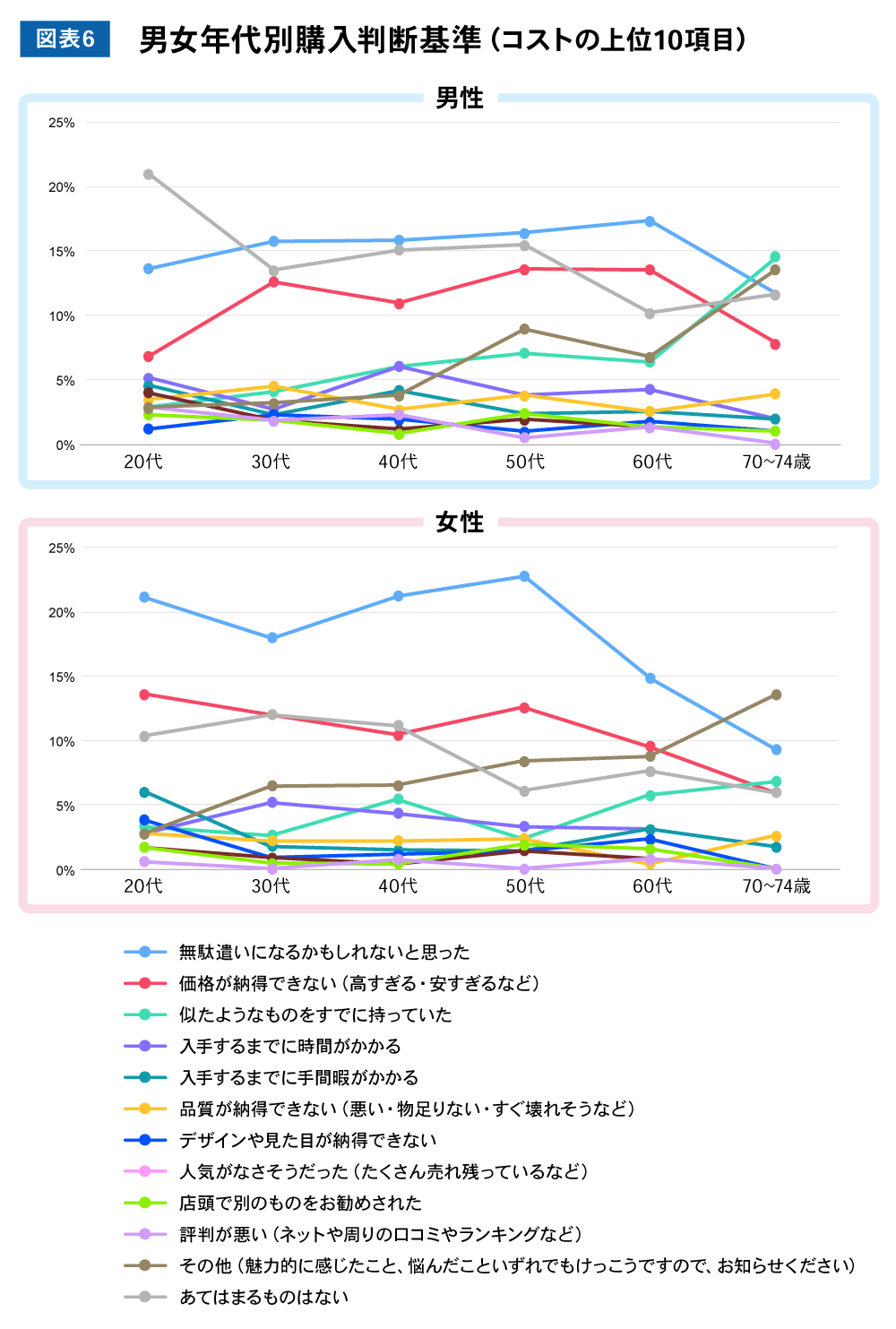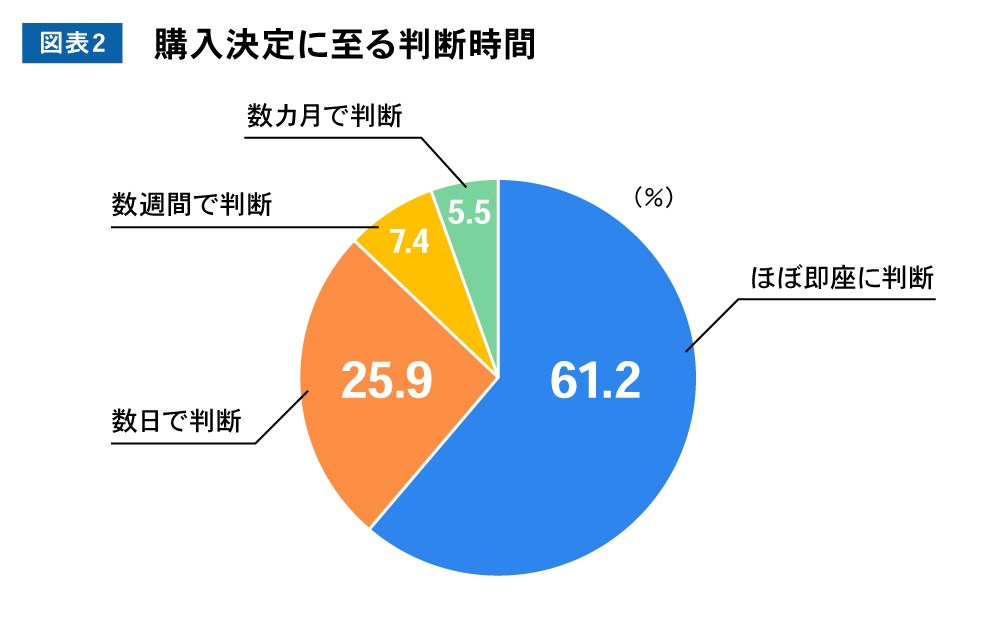Last time, we announced we would "unravel 'contemporary desire theory'." We'll carry that over to the next installment. This time, we want to unravel "Desire" through consumption experiences.
Through purchasing goods and experiencing services, we fulfill survival needs like clothing, food, and shelter, along with various other needs.
While the expression of desires and needs fundamentally arises at the individual or household level, when these become discernible as collective movements or emerging trends, they can be interpreted as "social phenomena" or "consumer trends."
Furthermore, consumption can be understood not only from economic and sociological perspectives but also as a transformation in consumer psychology. Alternatively, deciphering consumption from the behavioral economics perspective—which designs human actions—is an approach gaining attention in recent years.
Based on these diverse axes, DDD's "Cost-Benefit Team" focuses on "consumption = purchasing" as one manifestation of desire, aiming to delve deeply into its substance (DDD comprises six teams, each dedicated to distinct themes).
Today's world is characterized by an abundance of goods that nonetheless struggle to sell—a "era of low aggregate desire," so to speak. By deciphering the psychological shifts before and after consumption/purchasing behavior, we may uncover new pathways to stimulate consumption starting from the point of purchase.
...Based on this awareness, we will now discuss the shifts in consumers' minds before and after purchase, based on DDD's fixed-point observation survey, "The Survey of Emotionally Driven Consumption" (conducted September 2021) (※For the full survey overview, please see the press release ).
Generally, when people intend to purchase goods or services, psychological changes occur before and after the purchase decision. Figure 1 charts the sequence of psychological shifts before and after the purchase decision. Let's explain the flow of the purchasing experience following this model.
For example, before purchasing a product, consumers weigh the benefits (advantages, utility) the product offers against its cost, experiencing conflict and comparison (Figure 1, ❶). Questions include: "Is this product worth the price?" "How will buying this product change my life?" "Is this product too expensive for my budget?"
Benefits can be functional values like "rationalization" or "convenience," or emotional values such as "feeling good" or "something to boast about."
Costs, on the other hand, are often the price paid, but they can also include time spent receiving the service or the effort required to obtain it. Furthermore, the expected benefits and costs may differ depending on the product category.
Choosing a product involves either deciding whether to buy a single item or comparing it with similar products before deciding. This comparison time can range from quick decisions to prolonged deliberation leading to purchase. Furthermore, there may be gender-specific, age-specific, or product-specific tendencies in this decision-making process (❷ in Figure 1).
After undergoing these various judgments, people make a purchase. However, the buying experience does not end there. The satisfaction after purchasing the product—that is, the outcome of customer satisfaction—will rewrite the criteria for future purchasing decisions. (❸ in Figure 1)
Furthermore, it is important to note that external information, such as "advertisements," "campaigns," and "friends' social media posts," can exert a certain effect or influence on the psychological model of purchase decisions. (❹ in Figure 1)
Based on the model above, let's examine the actual survey results.
60% of people made their purchase decision "instantly"!
First, how much time do people actually spend deciding when purchasing a product?
The survey revealed that roughly 60% (61.2%) of people make their purchase decision "almost immediately" (Figure 2).
Adding the 25.9% who "decide within a few days," a full 80% of people complete their purchase on the same day or within a few days of deciding, "Okay, I'll buy this product."
From the supplier's (manufacturer's) perspective, this suggests that designing communication for short timeframes is critically important.
The fact that 60% decide "almost immediately" means that when mapping the customer journey, the final part of the journey—
- Offline: In-store initiatives
- and for online, communication flow design before final checkout
is crucial.
Additionally, this survey revealed that the tendency to "make an immediate decision" increases with age. As people gain more purchasing experience over time, their decision-making time likely shortens based on past experience.
Similarly, 60% purchased products "without comparing options"
Next, regarding "whether there were products compared to the purchased item during the purchase," around 60% of respondents also answered that they "purchased the product without comparing or considering alternatives."
Breaking it down by gender and age group, women showed a slightly higher tendency to choose without comparison than men. Those who spent the longest time comparing were younger consumers in their 20s and 30s, particularly men, with many deliberating for weeks or even months before purchasing. The results also showed that the tendency to make immediate purchase decisions increased with age.
This likely reflects how the amount of purchasing experience manifests as the time spent deliberating a purchase decision. In other words, "extensive purchasing experience" enables quicker decision-making.

Time to Purchase Decision Varies by Product Category
Does the time involved in making a purchase decision and whether comparisons are made differ by product category? Figure 4 provides a simple illustration of this.

Products and services in the food category, such as "ingredients" and "eating out," and those in the education and entertainment category, such as "magazines/comics," "movies," "games," and "concerts," are typically decided upon quickly, without much comparison to other options.
This suggests that the characteristics of these products—high immediacy of consumption (food) or high hobby/individuality (entertainment)—demand immediate decisions.
On the other hand, product categories that involve comparing with other items and considering the purchase for the same day or several days, primarily include everyday items like "Fashion," "Cosmetics," "Home Appliances," and "Tableware."
Among these, the product category requiring the longest deliberation period (weeks/months) is "bags." This likely refers to bags from so-called imported brands.
The top three benefits contributing to purchase decisions are: "Affordable/Reasonable Price," "Good Quality," and "Brand Reliability."

What benefits influence purchasing decisions? Figure 5 shows the top 10 factors by gender and age group.
Overall, the top three factors influencing purchase decisions are "reasonable/satisfactory price," "good quality," and "brand reliability." However, some trends in preference can be observed based on gender and age group.
First, the top three factors—"Affordable/Reasonable Price," "Good Quality," and "Brand Reliability"—tend to be valued more highly as age increases.
Conversely, "Design or appearance is important (for men)" and "I've always wanted it" are more highly valued by younger consumers and decrease with age.
These gender and age differences, which lead to varying expectations for benefits, are also noteworthy points.
The top reason for hesitating to buy is "concern about wasteful spending"
Meanwhile, the most common reason for hesitation among both genders is "concern about wasteful spending." This is followed by "price not being satisfactory," "already owning something similar," and "time required to obtain it."
Overall, a higher percentage of women express "concern about wasteful spending," while "unacceptable price" is higher among men.
Additionally, "already owning something similar" tends to increase with age.

Naturally, these decision-making points and hesitation factors also vary depending on the product category. Due to space constraints, detailed explanations are omitted here, but interested parties are welcome to inquire.









